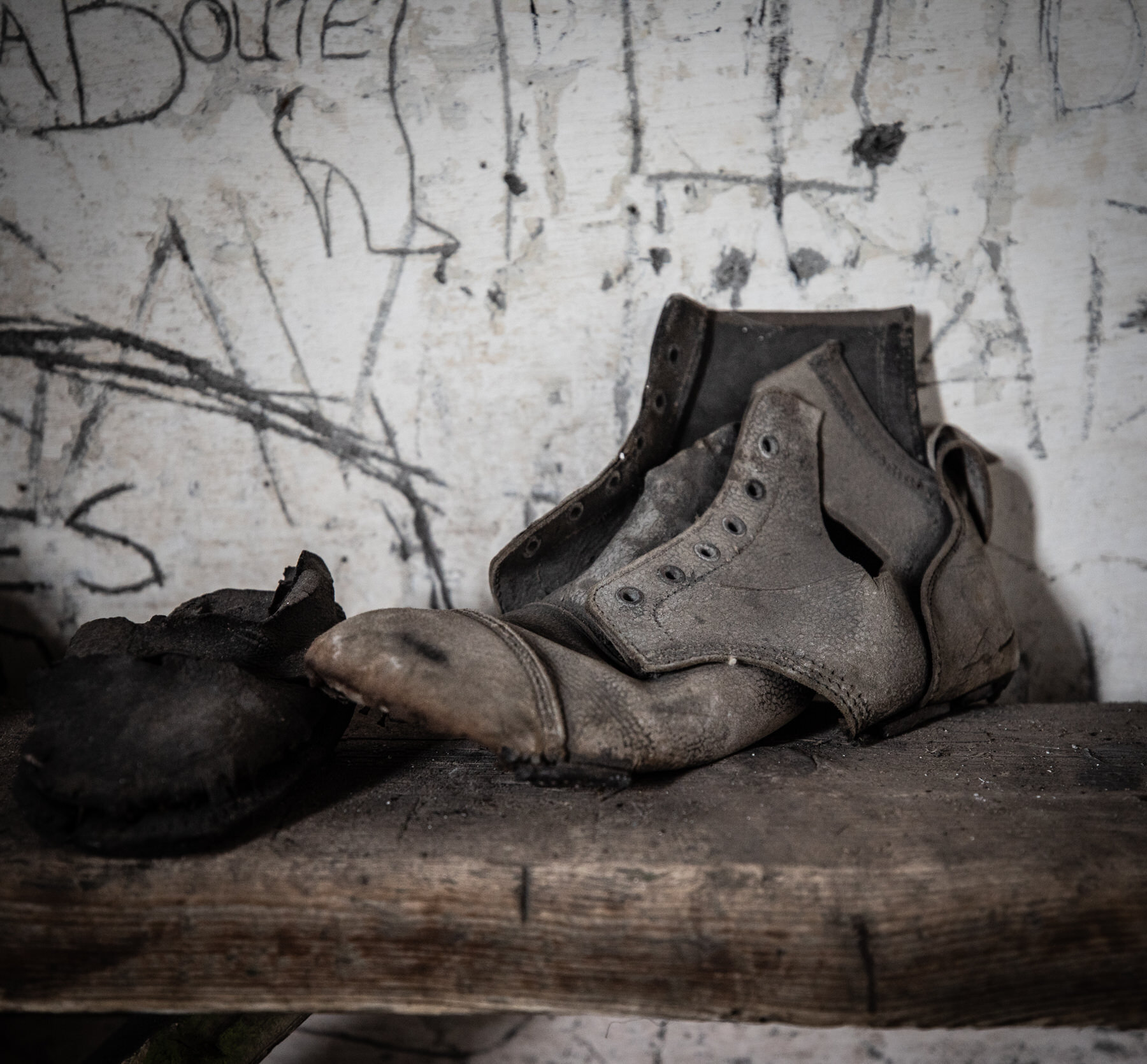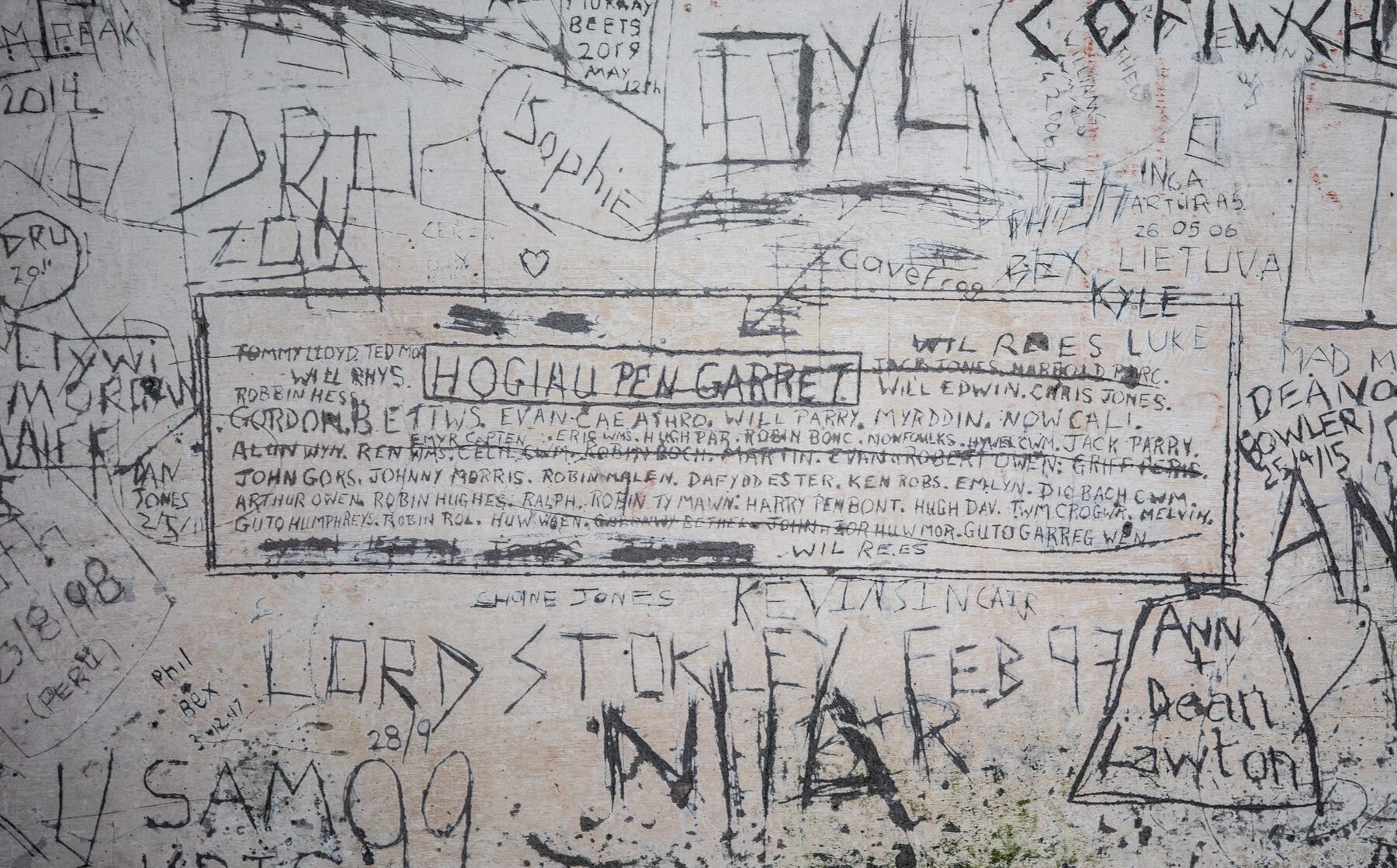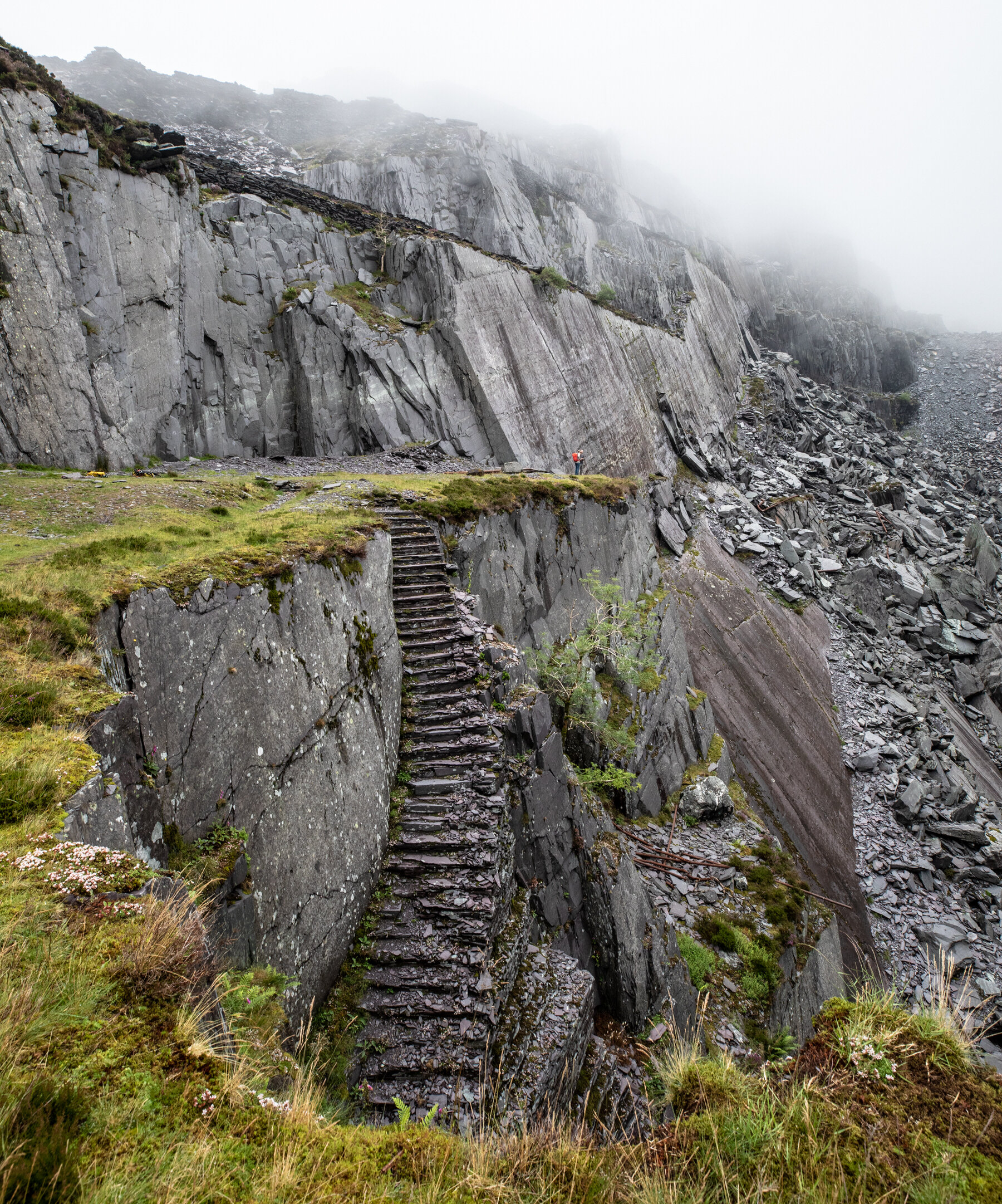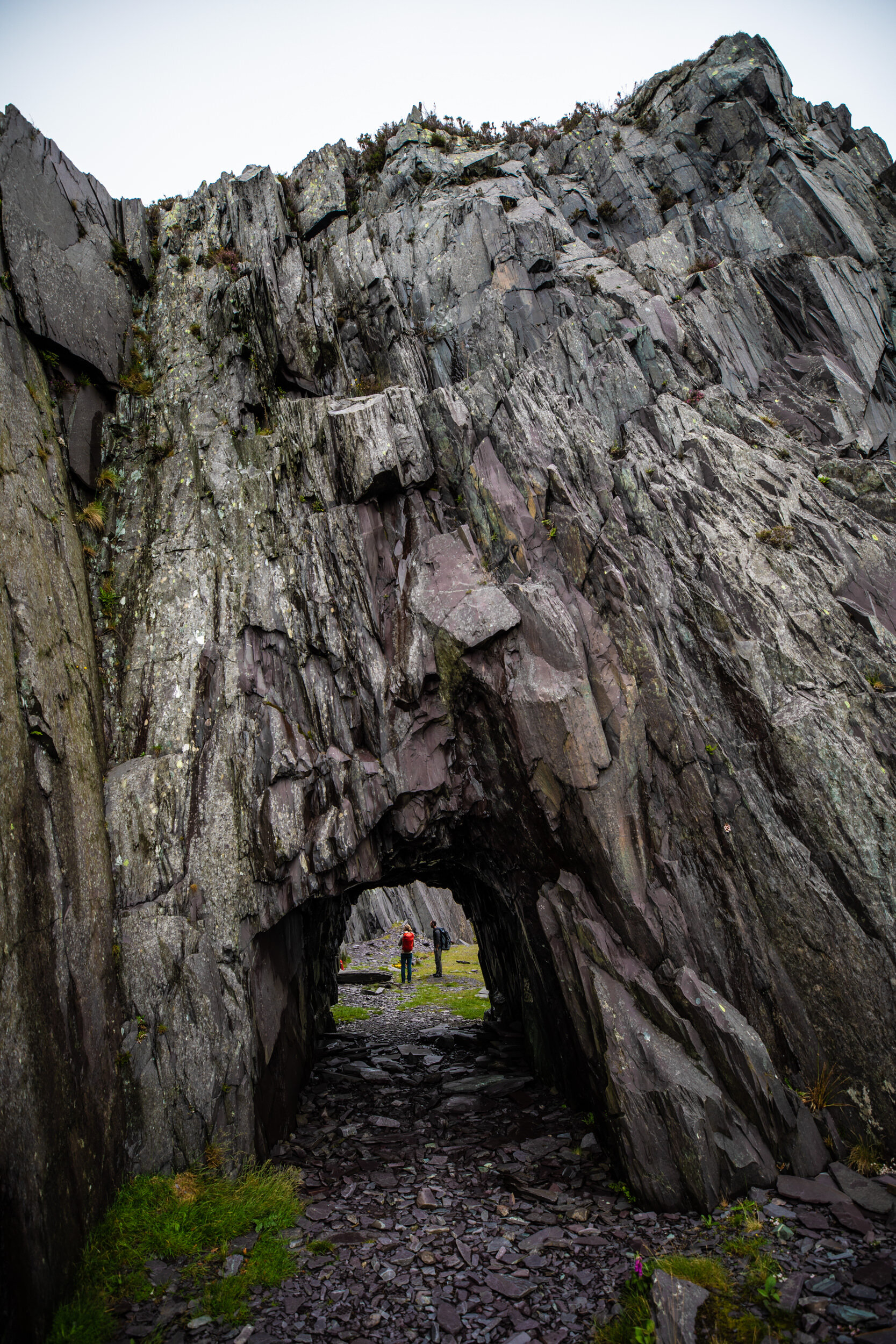dinoric slate mine
Dinoric slate mine sits above LLanberis in the Snowdonia National Park. It’s a place that takes your breath away, particularly when the cloud and light are stark and moody like they were during my visit.
My guide round this lost world was Lou Tully from Freedom Outdoors (www.freedom-outdoors.co.uk) and her knowledge was absolutely vital because this environment is as dangerous as it is beautiful.
Slate was mined here in 1787 and only ceased in 1969 when demand for Wales’ finest was no longer great enough to sustain the industry. The level of human impact on this environment is hard to comprehend, especially when you consider that the vast majority of the slate was mined by hard men using hand tools and dynamite in the days before big machinery.
Centuries of graft, endeavour, suffering and skill have changed this already brutal landscape from natural mountainous terrain into a warren of holes, tunnels, pits and pinnacles. Nature is slowly taking it back; trees grow in seemingly inhospitable crevices but the terraces, broken buildings and railways still clearly give clues to a dark past.
The average life expectancy of a miner up until the 1940s was only 50. Surprisingly few died as a result of such dangerous work but many succumbed to silicosis after breathing in dust since they started work as children. Some were only 10 years of age when they started in the mines, often as part of a family gang. Maimings and injuries were common in a workplace where the slightest slip or a moment of bad fortune could be lethal.
As we walked the dry-slate ramps and terraces that genuinely compare to the Great Wall of China in both scale and engineering, percussive thuds deep inside the earth signalled tunnel collapses and rockfalls; the land here is still very much alive. Some of the vast excavations now resemble Madagascan rainforests with towers of grey-blue rock and vertiginous cliffs making a home for yew and mountain ash. The miners named each great hole after places they’d heard of and read about, some in books and some the destinations for their product; Australia, California and even Mordor. There are stairways reaching up into the clouds that could very easily take their place in one of Tolkien’s worlds, a fact recognised by working men interested and educated enough to have read these great works of fiction but trapped by the circumstances of their birth in a place every bit as dark as Middle Earth.
When the mine closed, virtually all of the equipment was left in situ as the effort needed to remove it far outweighed any potential value.
Cutting rooms where huge lumps of slate were reduced precisely into perfect rectangles still stand, frozen in time, ironically lacking a roof and steadily being eroded by the elements. Vicious saw blades on rows of iron tables give some insight into the dangers at every stage of the process.
Splitting booths separated out by huge sheets of stone were once manned by those skilled in the use of blunt chisels but now lean whimsically, slowly making their way back to the ground.
Amongst the huge structures and mighty engineering, the most poignant place by far at Dinoric is the Caban - a squat building where miners met and ate and shared warmth after a long day in the quarry. When their final shift ended, the Pen Garret Boys hung up their coats and boots and closed the door on their livelihoods for the last time. Until very recently, the coats and boots of those tough, skilled men remained as a reminder of what once happened there; an ending frozen in time before someone saw fit to remove the coats and add modern trainers to the rack. A sign of the times perhaps and a reminder, if it were needed, that history needs learning, recording and keeping in memory so that it can’t be deleted.
I had no idea about Dinoric before this and I’m so glad that I do now; the slates on our roof look very different today.
For outstanding, unpretentious, skilled outdoor tuition including climbing, walking, mountain leadership, mountain biking, kayaking, get in touch with Lou Tully at Freedom Outdoors - www.freedom-outdoors.co.uk
















